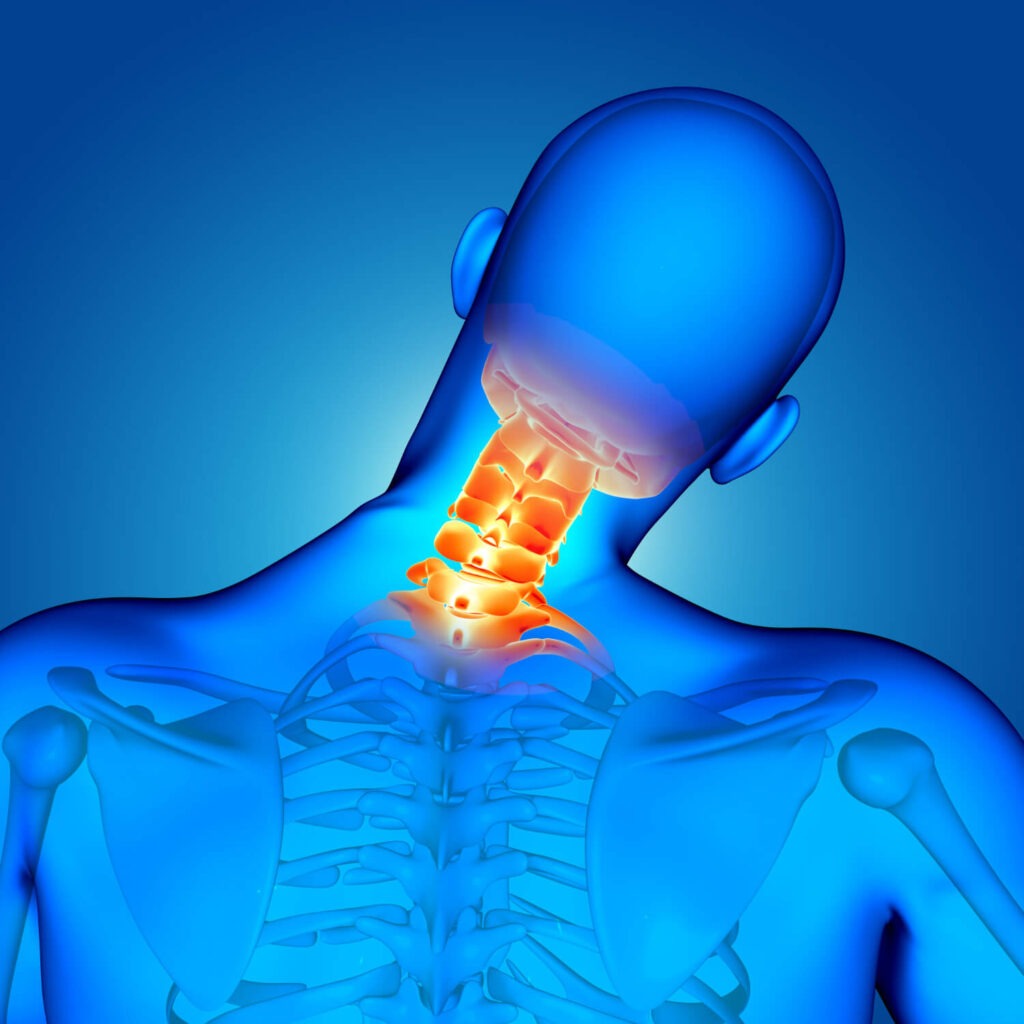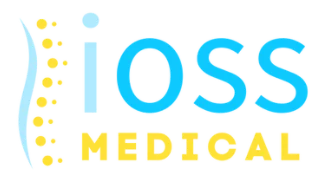Introduction:
Managing neck pain effectively requires specialized care tailored to relieve discomfort and improve your quality of life. At the Institute of Orthopedics, Spine, & Sports in Edison, NJ, we focus on non-surgical solutions, particularly injection therapies, to alleviate pain and support your body’s natural healing process. Our expert team uses advanced methods and the latest technology to create personalized treatment plans for optimal results.
Key Takeaways:
- Neck Pain Causes: Neck pain can arise from muscle strain, herniated discs, arthritis, or injuries, leading to symptoms like pain, stiffness, radiating discomfort, headaches, and numbness.
- Diagnosis: Accurate diagnosis involves a review of medical history, physical examination, imaging studies, and sometimes laboratory tests to identify underlying issues.
- Injection Therapies: Effective non-surgical treatments include corticosteroid injections, epidural steroid injections, and platelet-rich plasma (PRP) injections, targeting pain and inflammation directly.
- Contact Us: For expert care and personalized treatment plans, call us at (973)-922-9515 or book an appointment online. Our team is ready to support you through every step of your recovery journey.
What Causes Neck Pain?
Neck pain can stem from various factors, ranging from acute injuries to chronic conditions. Understanding the underlying causes is essential for effective treatment:
- Muscle Strain: Overuse or sudden movements can strain the neck muscles. Poor posture, often from prolonged computer use or sleeping in an awkward position, can also contribute to muscle strain.
- Herniated Discs: The cervical discs act as shock absorbers between the vertebrae. A herniated disc occurs when the inner gel-like material protrudes through the disc’s outer layer, pressing on nearby nerves and causing pain.
- Arthritis: Osteoarthritis can affect the cervical spine, leading to the breakdown of cartilage and the formation of bone spurs, which can irritate the nerves and cause pain.
- Injuries: Trauma from accidents or falls can result in neck injuries, including fractures or sprains, leading to acute pain and stiffness.

What Are the Symptoms of Neck Pain?
Neck pain can present in various ways, depending on the underlying cause. Common symptoms include:
- Pain: This may be localized to the neck or radiate into the shoulders, arms, or upper back. The pain can be sharp, dull, or throbbing.
- Stiffness: Limited range of motion in the neck, making it difficult to turn the head or perform daily activities.
- Radiating Pain: Pain that extends from the neck into the shoulders, arms, or even the hands, often associated with nerve compression.
- Headaches: Pain originating from the neck can sometimes lead to tension headaches.
- Numbness or Tingling: These sensations may occur in the arms or hands, indicating nerve involvement.
How Is Neck Pain Diagnosed?
Accurate diagnosis is crucial for effective treatment. At the Institute of Orthopedics, Spine, & Sports, our diagnostic approach includes:
- Medical History: A thorough review of the patient’s symptoms, medical history, and lifestyle factors.
- Physical Examination: Assessment of the neck’s range of motion, muscle strength, and tenderness to identify areas of discomfort or dysfunction.
- Imaging Studies: X-rays, MRI scans, or CT scans may be used to visualize the cervical spine’s structure, identify herniated discs, arthritis, or other abnormalities, and guide treatment decisions.
- Laboratory Tests: Blood tests or other laboratory evaluations may be performed to rule out infections or inflammatory conditions.

What Are the Injection Therapies for Neck Pain?
Injection therapies offer effective, non-surgical options for managing neck pain by targeting the pain and inflammation directly. At our clinic, we use several injection techniques to provide relief:
- Corticosteroid Injections: These anti-inflammatory medications reduce swelling and pain in the neck. Administered directly into the cervical spine, corticosteroids can provide significant relief, often lasting several weeks or months. They are particularly useful for conditions like osteoarthritis and herniated discs.
- Epidural Steroid Injections: These injections deliver corticosteroids into the epidural space surrounding the spinal nerves. They help reduce inflammation and alleviate pain caused by nerve compression or irritation. Epidural steroid injections are effective for treating radiculopathy, where pain radiates from the neck into the arms.
- Platelet-Rich Plasma (PRP) Injections: PRP therapy involves injecting a concentrated form of the patient’s blood platelets into the affected area. The platelets release growth factors that promote healing and reduce inflammation. PRP is beneficial for treating tendinitis, ligament injuries, and chronic neck pain.
Contact Us
To make an appointment, you can call us at (973)-922-9515. Also, you can book an appointment online. If you have any queries, you can also email us at iossmedical@gmail.com.

